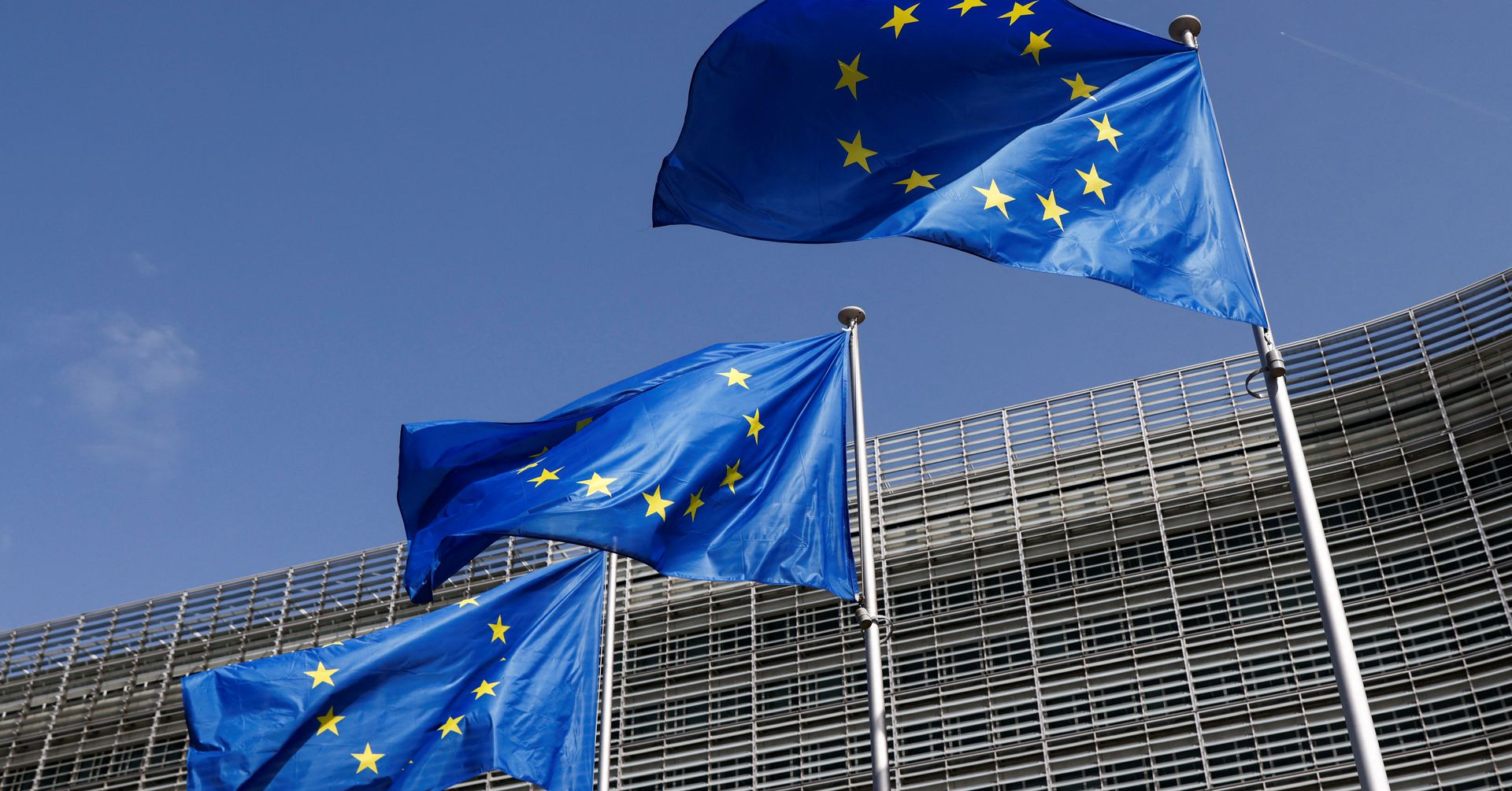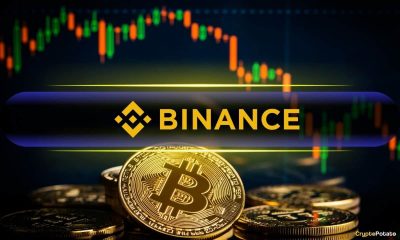Forex
ICE warns EU about how gas price cap affects the economy

ICE has warned the European Union that an attempt to cap the price of gas on the TTF index (Europe’s largest hub, located in the Netherlands) will likely only make it more expensive. The cap on gas prices will have a very significant effect on the economy.
“In a memo sent to the European Commission, ICE, which trades on the TTF index, said the proposal to cap natural gas prices could lead to even higher prices, despite the fact that the initiative itself is designed to mitigate the effects of gas price hikes,” the agency wrote.
The gas price effect on the economy is hard to overstate. As Reuters notes, the note also says that liquidity providers are likely to buy short positions and stop selling TTF gas futures if prices rise even relatively close to the cap to hedge against the risk of holding those positions. According to ICE, the resulting shortage of sellers in the TTF market will result in higher prices.
On November 22, the European Commission proposed introducing a ceiling price for a monthly TTF futures price of 275 euros per MWh (a little over $2,800 per thousand cubic meters of gas at euro and dollar parity). However, on November 24, EU energy ministers didn’t agree on a price cap and postponed a decision until a meeting scheduled for December 13. As the Financial Times reported earlier on Tuesday, the EU countries are considering reducing the proposed gas price ceiling from 275 to 220 euros per MWh (2,275 euros per thousand cubic meters).
According to the previously proposed idea of the European Commission, the mechanism should be launched under two simultaneous conditions: the estimated monthly futures price on the index of Europe’s largest gas hub TTF exceeds 275 euros per MWh for two weeks, and the spread between the TTF price and the global price of LNG is at least 58 euros for 10 consecutive trading days.
When the mechanism is in place, there will be no corresponding trades above €275. However, this is a very high level. The settlement price of the TTF monthly futures has exceeded €275 for only a few days in the history of this hub in August this year. On August 19 it was at around €245 per megawatt hour, skyrocketed to a historic high of above €340 on August 26 (just over €3,500 per thousand cubic meters), and quickly declined to around €265 as early as August 30.
Earlier we reported that the inflation rate in the euro zone was close to its peak.

 Forex3 years ago
Forex3 years agoForex Today: the dollar is gaining strength amid gloomy sentiment at the start of the Fed’s week

 Forex3 years ago
Forex3 years agoUnbiased review of Pocket Option broker

 Forex3 years ago
Forex3 years agoDollar to pound sterling exchange rate today: Pound plummeted to its lowest since 1985

 Forex3 years ago
Forex3 years agoHow is the Australian dollar doing today?

 Cryptocurrency3 years ago
Cryptocurrency3 years agoWhat happened in the crypto market – current events today

 World3 years ago
World3 years agoWhy are modern video games an art form?

 Commodities3 years ago
Commodities3 years agoCopper continues to fall in price on expectations of lower demand in China

 Economy3 years ago
Economy3 years agoCrude oil tankers double in price due to EU anti-Russian sanctions























